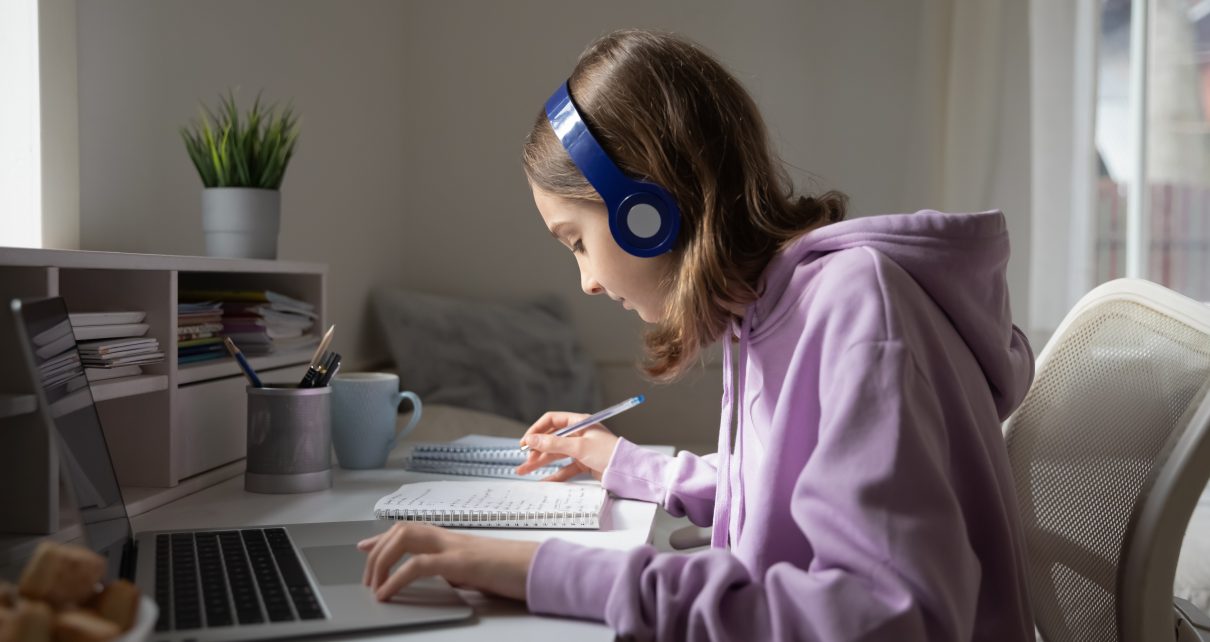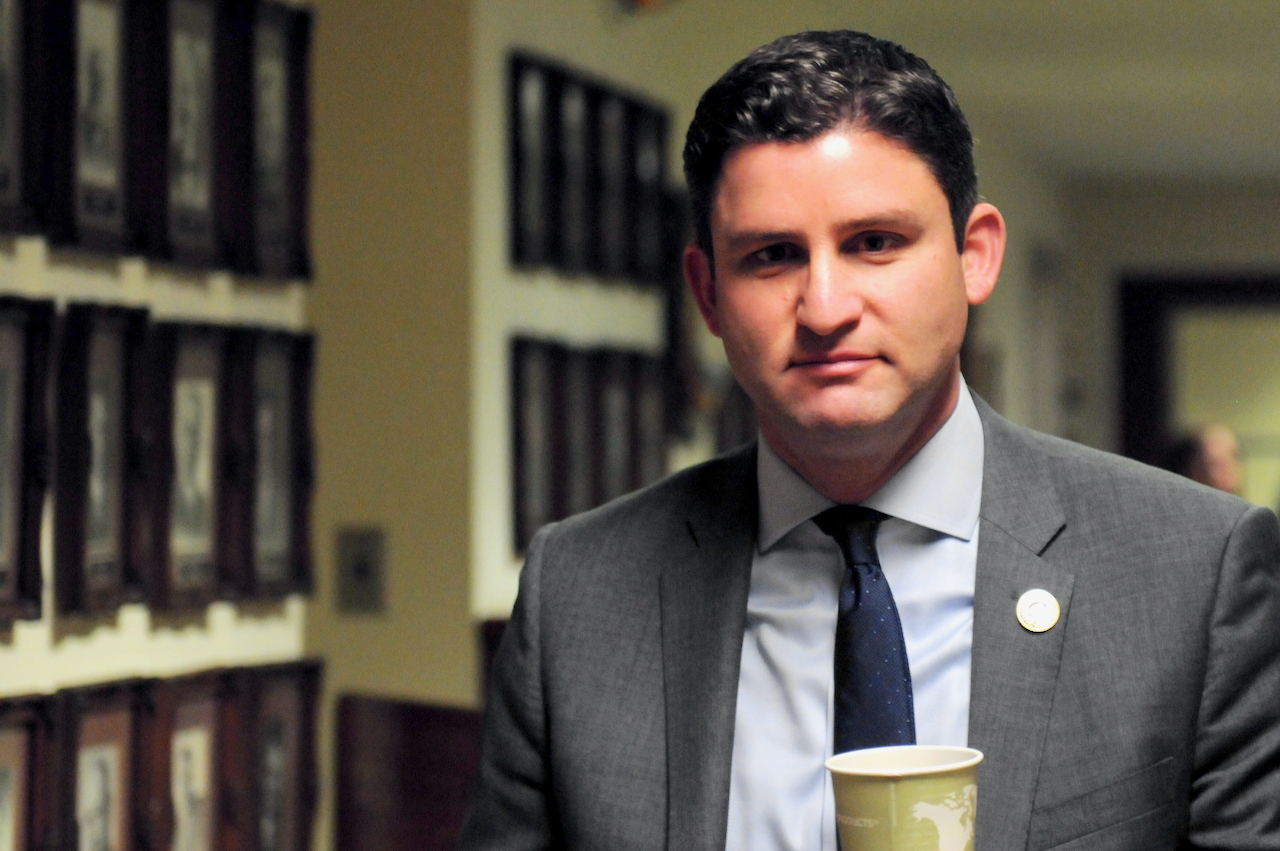
Teen studying online from home making notes. (Photo: fizkes/Shutterstock)
Putting a Face on Mental Health
Most parents assume it is other people’s kids who are struggling
By Josephine Urbon, May 17, 2023 7:00 am
The statistics are scary. In February of this year, the CDC released a report saying, “3 in 5 teen girls in the U.S. (57%) felt persistently sad or hopeless in 2021 – more than twice as much as boys, and the highest level reported over the past decade.” AND, of ALL teens, “70% see anxiety and depression as a major problem.”
Despite those huge stats, it seems like most parents assume it is other people’s kids who are struggling. Parents don’t seem to believe it can happen to their family. But it can be anyone and any family. I know because it was me. I’m a 16-year-old sophomore living in Los Angeles. I make good grades, play sports and have close friends. I’m still one of those teen girls.
As I’ve navigated my journey, thankfully with my parents’ support, it has made me feel better to hear when other people share their struggles. I realize I am not alone. It’s been helpful when celebrities have made it feel more normal, but I also thought it would be great to try to highlight “regular” teens too. To put other faces on the statistics – at the beginning, to try to normalize it, rather than at some tragic end when we memorialize someone who couldn’t find their way. Because despite how teens can seem – with grades, sports, friends, in-person or online – it’s hard. Too many struggle, and it helps to know we are not alone.
So, I want to help raise awareness about the many faces of teen mental health. I also want to help highlight some tangible things I’m doing to feel better; things that maybe could help others in their journey. I thought about this because there really doesn’t seem to be a lot of teenager-specific resources. Of course, therapy is important, but it took my family two years to find the right person. It is helpful for the times we talk, but what I personally realized I needed was also a day-to-day tool – something to DO between sessions.
Some people journal, meditate or use mantras, which are really great, but, for me, they weren’t enough. What finally helped was self-care. It sounds superficial to some people, but for me it became a protection – little pieces of daily armor to help face the world. Of course, self-care includes good sleep, nutrition, and physical activity, but for me, it was specifically skin care and make up. I also started using an app called Wave Health. It helps keep track of everything you’re doing and experiencing, so you can see patterns of highs and lows, and what might be helping you feel better or worse.
In talking publicly about “Self Care for Good,” I hope that stepping out with my story will raise awareness and draw together anyone who wants to help empower teens to heal. While teens today will present themselves as having it all together, it is important for everyone to start a conversation about the realities of life as a teenager in 2023.
- The CPR of Mental Health - September 14, 2023
- Putting a Face on Mental Health - May 17, 2023





Thank you for writing this, Josephine Urbon.
It doesn’t surprise me at all, as an older adult, that the majority of today’s teenagers are struggling with anxiety and depression, even those who have good and reasonable parents to help, love, and guide them. Our MANY societal challenges today are tough and often mentally and emotionally debilitating for ADULTS, so of course life would be even tougher for young people who endure these burdens, who are already attempting to navigate their own often-bumpy road of growth and change, and who lack the life experience of those who are older and have (we hope) a better sense of perspective. Teenagers’ and young adults’ reaction of anxiety and depression actually seems like a normal one to me, all things considered.
My own family of origin was broken and troubled when I was a teenager, but at least the world outside of my family provided a reasonably healthy, wholesome, and helpful “safety net” of sorts. It was possible in such an environment to get through the “roller coaster” years that most young people experience and get to the other side in reasonably good shape. It is worrisome that this strong societal “safety net” is likely not there — or barely there — for many of today’s young people who may need it most.
Very best wishes to you, Josephine, for a happy and fulfilling life.
Thank you again for sharing your story.